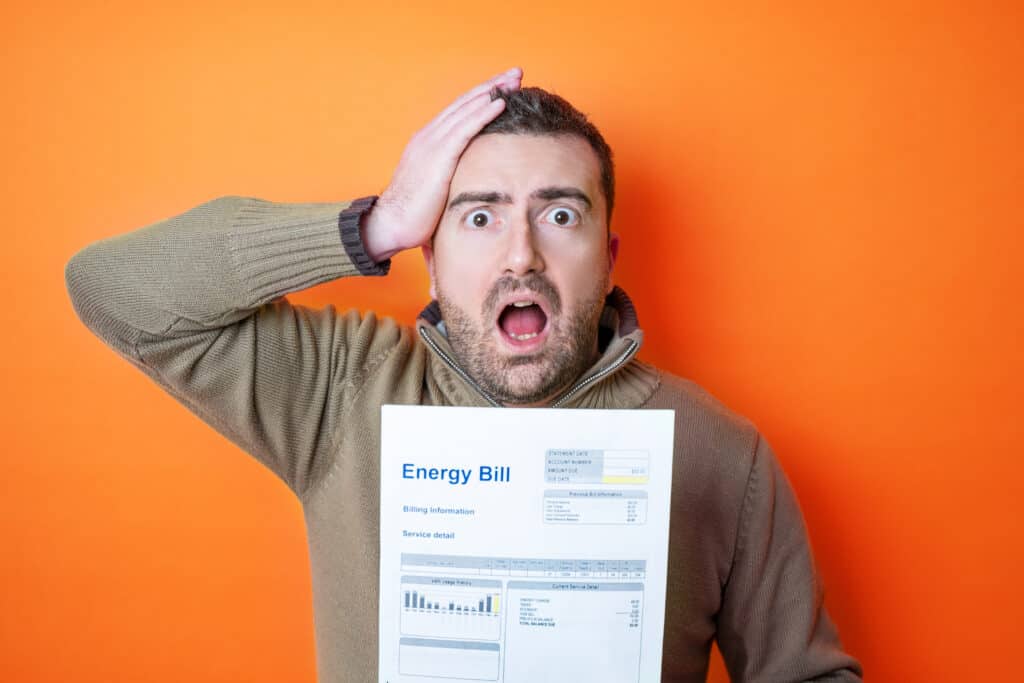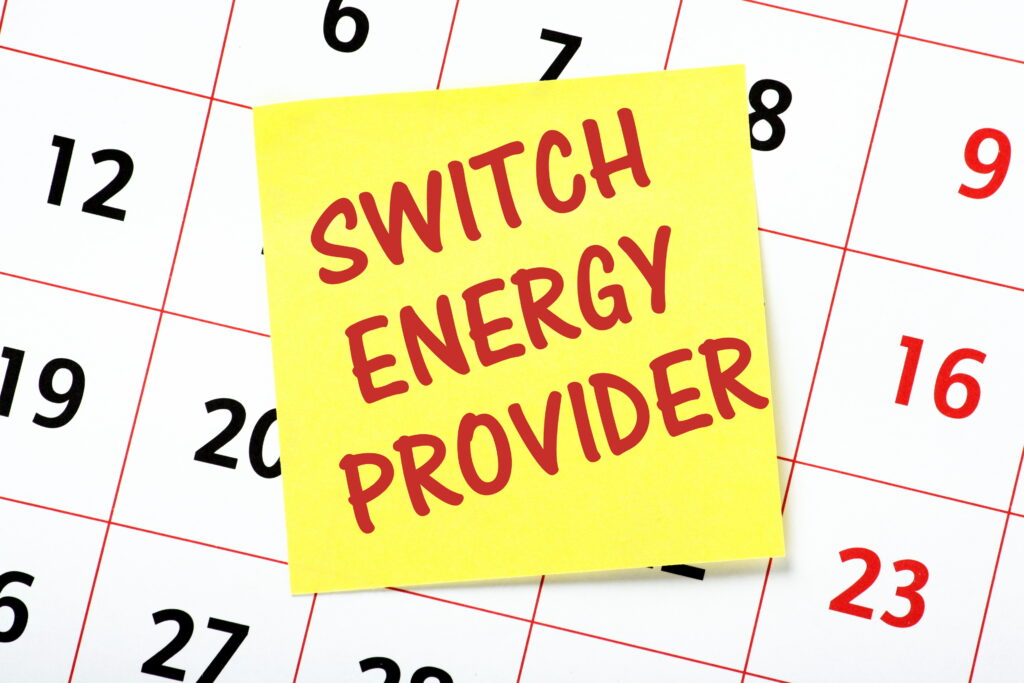What is Energy Deregulation?
Energy deregulation allows consumers to choose their electricity and natural gas suppliers rather than being restricted to a single utility company.
This system introduces competition among providers, which can lead to lower energy prices, improved service quality, and more innovative energy products.
How Deregulated Energy Markets Work
Unlike regulated energy markets, in deregulated markets, the energy supply chain is split into three main components:
- Generation: Independent companies generate electricity.
- Transmission and Distribution: Local utility companies maintain the infrastructure and deliver electricity to homes and businesses.
- Retail Providers: These companies purchase electricity from generators and sell it to consumers. Consumers can choose from various retail electricity providers based on price, contract terms, and customer service.
Consumers still receive reliable delivery and maintenance services from their local utility company.
The primary change is in who supplies their electricity, allowing for potentially lower costs and better service options.
Benefits of Energy Deregulation
- Cost Savings: Competition among energy suppliers can lead to lower consumer prices.
- Increased Choice: Consumers have various plans, including fixed-rate, variable-rate, and green energy options.
- Innovation: Suppliers often offer new and innovative products, such as renewable energy plans and smart home energy management tools.
- Improved Customer Service: Competition encourages better customer service as suppliers value consumers’ business.
The Role of Regional Transmission Organizations (RTOs)
RTOs are important in deregulated markets because they manage the transmission grid and operate wholesale electricity markets. They ensure that electricity is efficiently dispatched and that market prices are competitive.
For example, the Electric Reliability Council of Texas (ERCOT) manages the grid for most of Texas, ensuring reliability and efficiency within the state’s deregulated framework.
States with Deregulated Energy Markets
Several states have embraced energy deregulation, allowing consumers to choose their electricity and natural gas providers. Here are a few examples:
- Texas: Texas has one of the most extensive deregulated electricity markets in the U.S., allowing about 85% of residents to choose their electricity provider. Power to Choose is the official site for comparing electricity plans in Texas.
- Ohio: Ohio’s deregulated market enables consumers to select electricity and natural gas suppliers through Energy Choice Ohio.
- Pennsylvania: PA Power Switch and PA Gas Switch platforms help consumers in Pennsylvania compare and switch energy providers.
- New York: New York offers energy choice through the New York Power to Choose platform.
- Illinois: Deregulated energy options are available through Plug In Illinois.
Understanding the Role of FERC
The Federal Energy Regulatory Commission (FERC) oversees the interstate transmission and wholesale sale of electricity and natural gas.
While state Public Utility Commissions (PUCs) regulate retail markets, FERC ensures wholesale markets operate reasonably and efficiently.
For a deeper dive into FERC’s role and impact on energy markets, out FERC and Its Role in Energy Regulation.
Consumer Energy Choice Programs
Explore our comprehensive guide on consumer energy choice programs to learn how they operate and benefit consumers. This resource provides detailed information on different state programs, helping you make informed energy choices.








